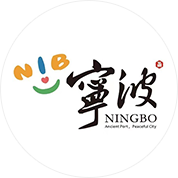Stop 1: Hemudu Site Museum

The Hemudu Site Museum, praised as the "Dawn of Jiangnan Civilization," vividly presents the life scenes of ancestors from 7,000 years ago — from China’s earliest cultivated rice to exquisite mortise-and-tenon woodworking techniques. Every artifact embodies ancient wisdom.
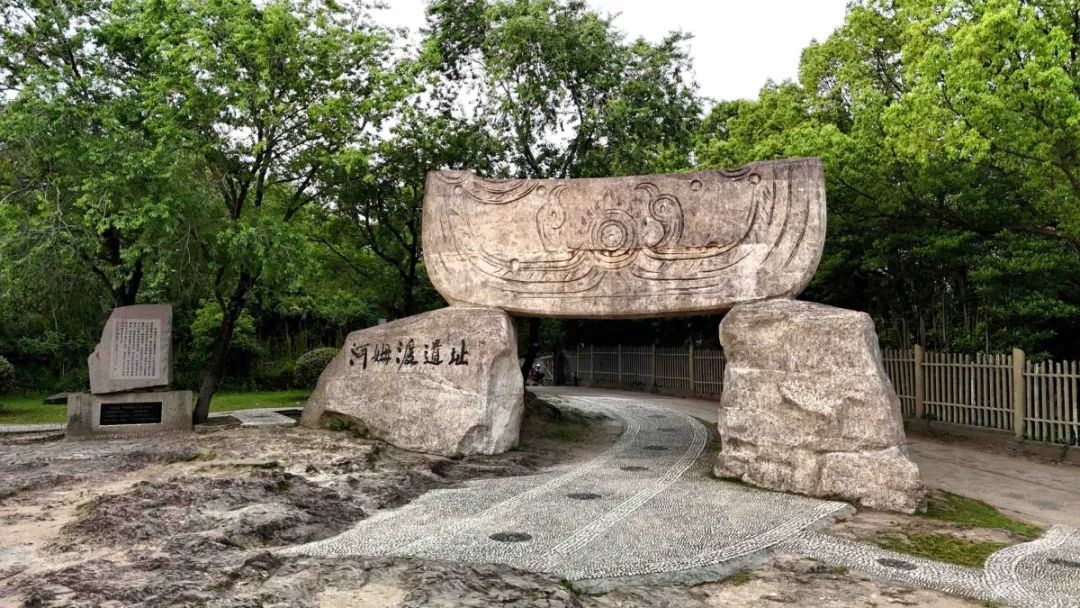
In recent years, the museum has undergone a digital upgrade, using cutting-edge technology to showcase the 7,000-year-old Hemudu civilization in a comprehensive, immersive way. The renovated exhibition uses dynamic projections, interactive maps, and more to vividly display the cultural context of the "Rising Tide in Southeast China." The digital virtual guide "Amu" and a reconstruction of the Jingtoushan archaeological site offer visitors an immersive archaeological experience. A digital sand table presents a panoramic view of the future blueprint for the Hemudu National Heritage Park.
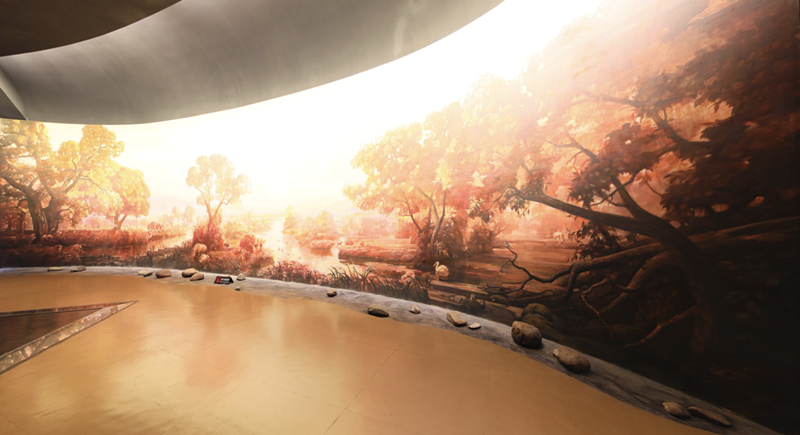
Recommended activity: Explore the site—visit the excavation area of Hemudu, learn about the real living environment of Hemudu people, and observe the ruins of stilted buildings dating back 7,000 years.
Stop 2: Shanglin Lake Celadon Culture Heritage Park
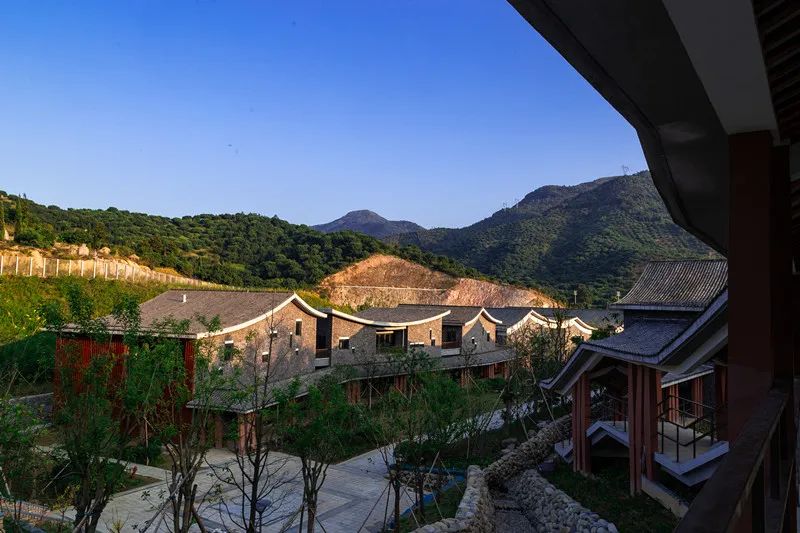
Shanglin Lake was the peak production area of Yue kiln celadon during the Tang and Song dynasties, known as the starting point of the "Maritime Ceramics Road." The Heritage Park centres around ancient kiln sites and combines archaeological ruins, intangible cultural heritage workshops, and modern exhibition halls. Walking through, you can see millennia-old dragon kiln traces, watch intangible cultural heritage inheritors wheel-throw and carve using traditional techniques, and experience the secret of firing the celadon’s "Thousand Peaks Emerald" glaze. When ancient shards meet contemporary design, traditional craftsmanship is reborn.
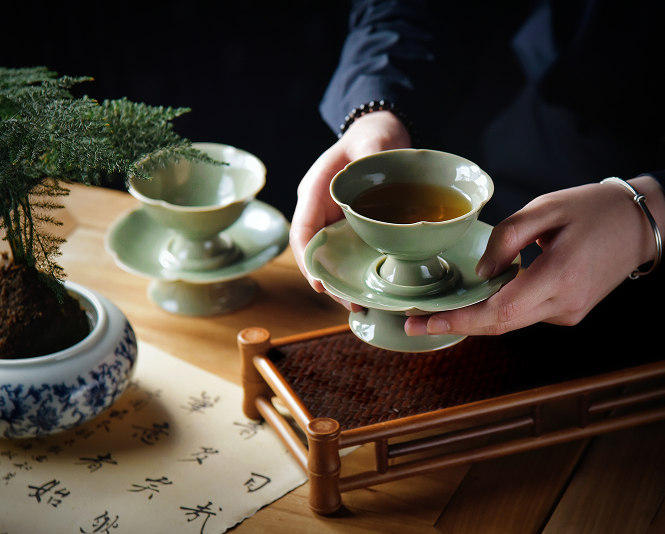
Recommended activity: Celadon making experience—under the guidance of heritage artisans, try your hand at wheel-throwing classic Yue kiln forms and experience firing in an antique-style dragon kiln.
Stop 3: Ningbo Sanjiangkou (Three Rivers Confluence)
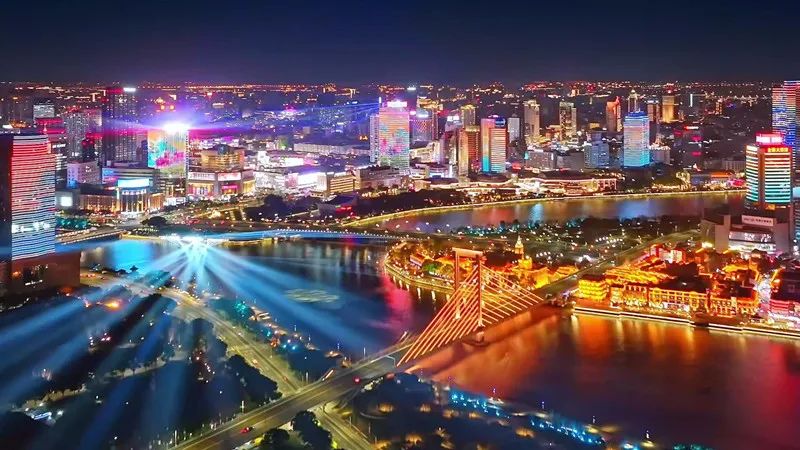
Ningbo Sanjiangkou, where the Yongjiang, Fenghua, and Yao rivers meet, is the maritime gateway of the "Maritime Silk Road." Today, although the bustling scene of a thousand sails is gone, traces of history remain vivid.
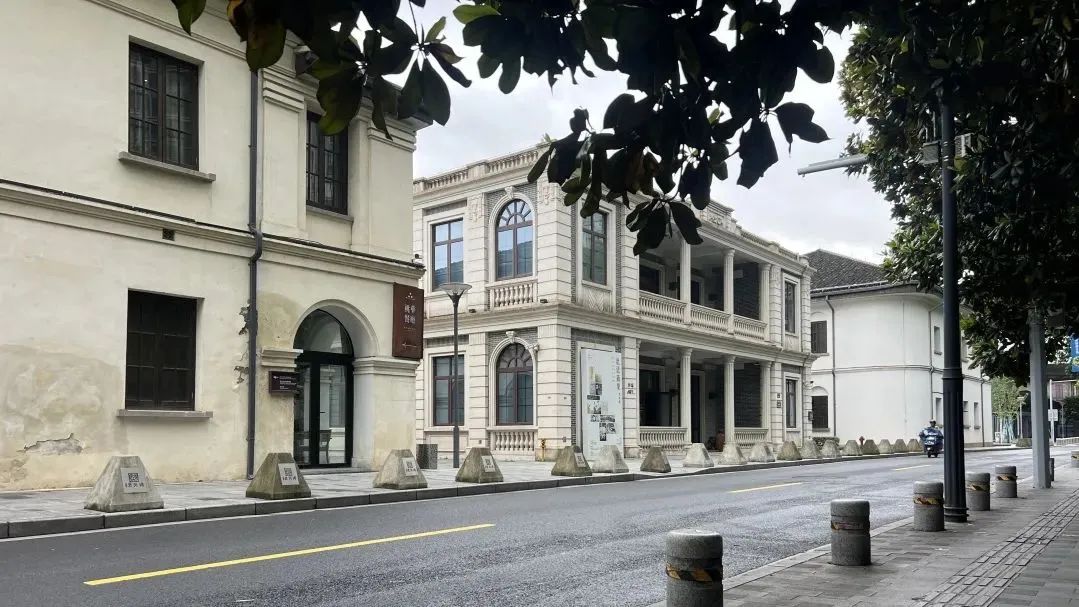
During the day, strolling by the rivers, you can see historical sites from different periods, including the British Consulate, police station, and old Zhejiang customs office, alongside the charm of a modern, fashionable district.
At night, the light shows on the six riverbanks blend history with modernity—neon outlines the cityscape, cyber light and shadows dance with the city, weaving a dazzling, layered scroll of time and space.
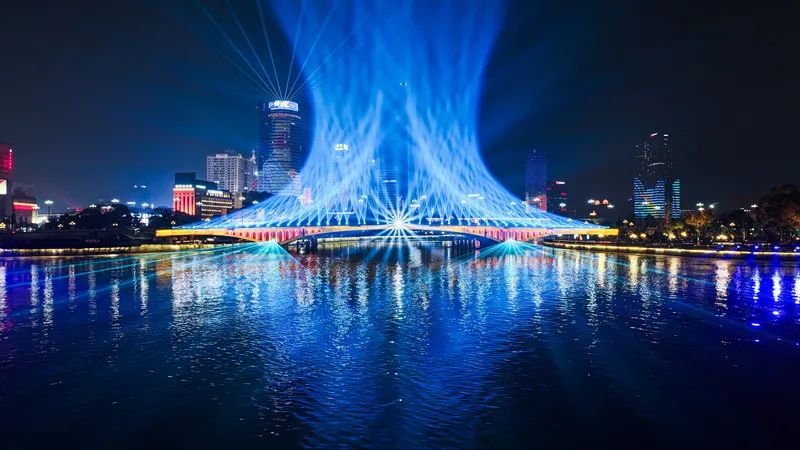
Recommended activity: Night cruise on the three rivers—when dusk falls, board a river cruise for about an hour, enjoying the light shows and historic architecture on both shores, feeling the flowing urban epic.
Stop 4: Zhaobaoshan Tourist Scenic Area
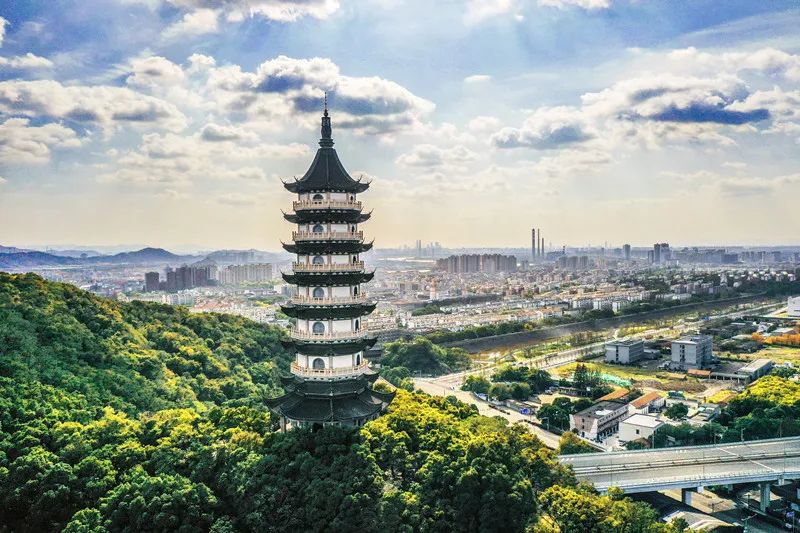
Known as the "Gateway to Eastern Zhejiang," Zhaobaoshan combines mountain and sea scenery with military relics. Here you can find coastal defence sites like Weiyuan City and Anyuan Fort. Amid weathered walls and rusted cannons, listen to legendary stories of the Ming dynasty anti-piracy and the Qing dynasty coastal defence. Climb the summit for a grand view where the Yong River meets the sea. Visit the Zhenhaikou Coastal Defence History Museum to feel the bravery and wisdom of ancestors protecting the sea, and explore Ningbo’s prosperous past as the starting point of the Maritime Silk Road.
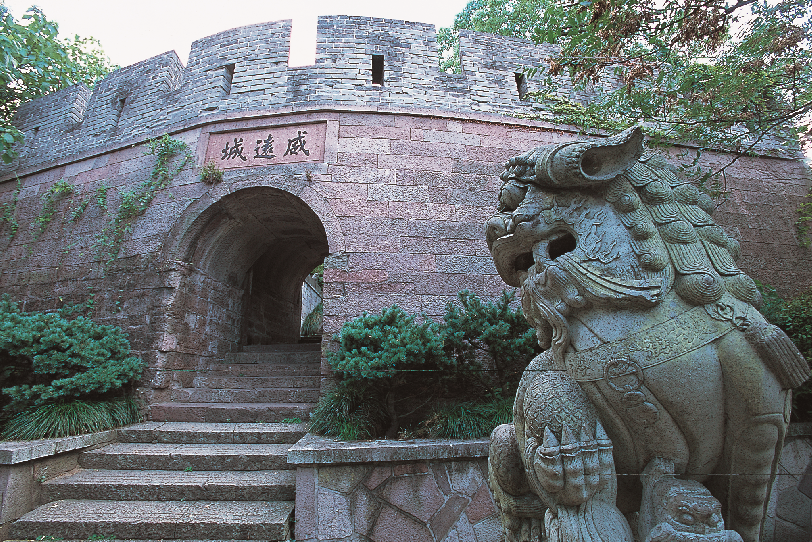
Recommended activity: Climb Ao Zhu Tower—a seven-story Song-style pavilion symbolizing "standing out among the best," a cultural landmark of Zhenhai. From the tower, enjoy poetic imagery like “flute playing in the tower” and sense the historical gravity of “beacons lighting up the high terrace.”
Stop 5: China Port Museum
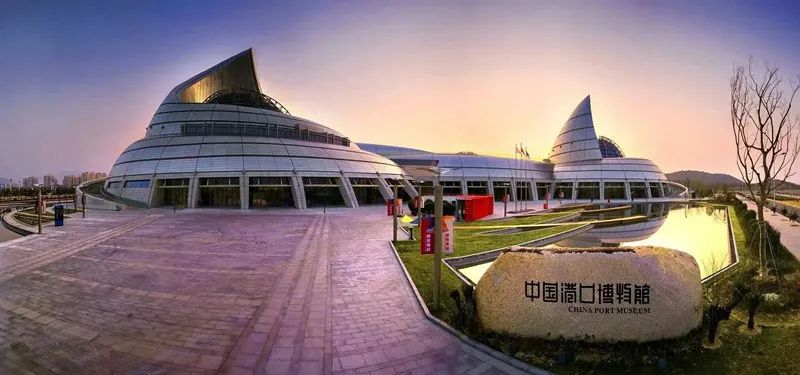
The China Port Museum embodies the cultural connotation of “Ports Connecting the World.” Focusing on port culture, it integrates exhibition, education, collection, research, tourism, and international exchange. It is China’s largest and highest-level specialized port museum, consisting of six permanent exhibition halls and one temporary hall. Exhibits such as “Ports Connecting the World—Chinese Port History” use artifacts, scene recreations, and multimedia to showcase the development of Chinese ports, modern port knowledge, and underwater archaeology achievements. It is an important cultural base for preserving port history and exploring port culture.
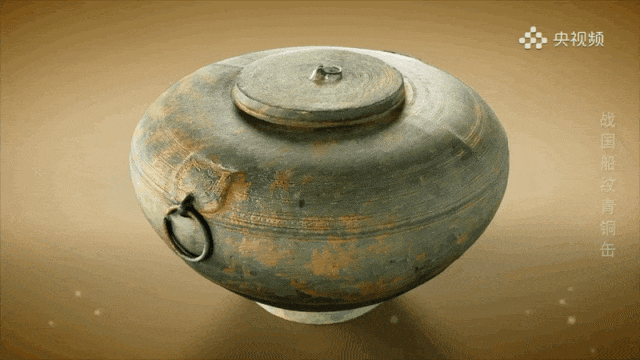
Recommended activity: Visit the underwater archaeology exhibit—the “Underwater Archaeology in China” display offers an immersive thematic space with interactive archaeology equipment screens and expert narration zones, full of high-tech appeal.
Stop 6: Meishan Bay Beach Park
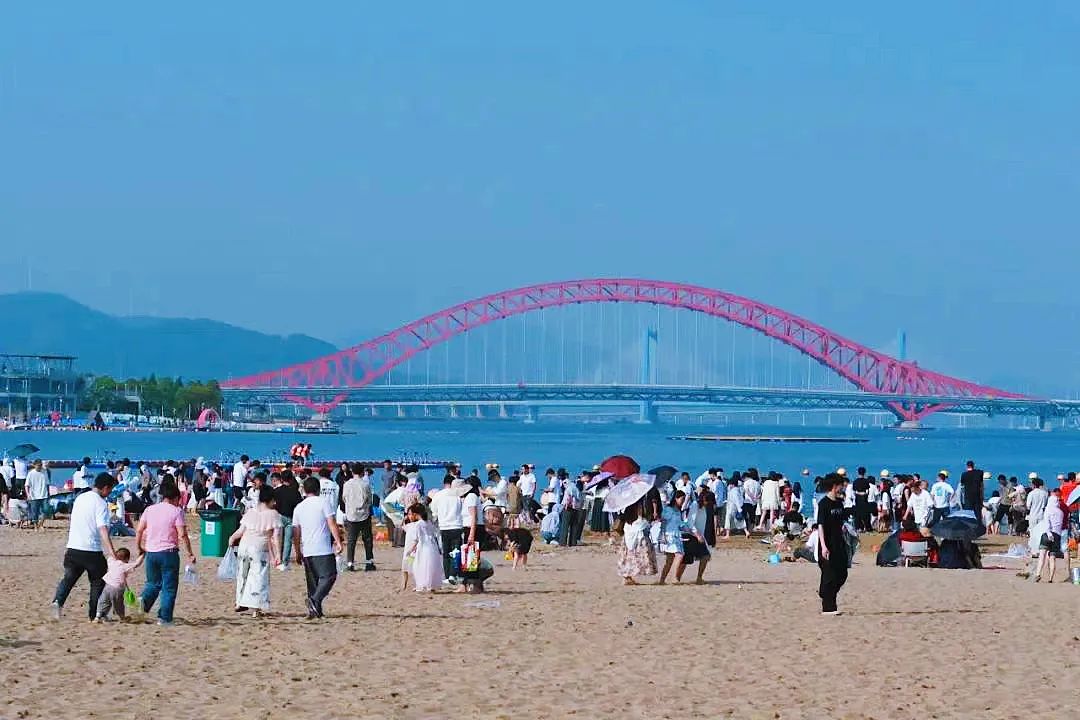
The park features a long, crescent-shaped beach with fine sand, suitable for swimming, beach sports, and water entertainment. Facilities include children’s play areas, beach volleyball courts, jet skis, umbrellas, and lounge chairs. Surrounded by Red Bridge, Blue Sea, and Green Hills, it is perfect for shooting summer seaside photos. The park also hosts music performances and cultural tourism markets periodically, making it a great weekend spot for beach fun.
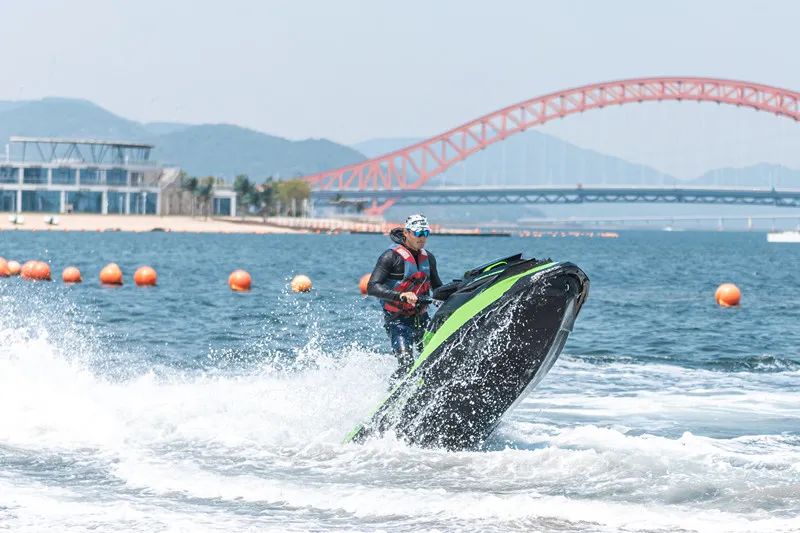
Recommended activities: Water sports experience—Aishang Meishan Bay Kayak Base offers single and double kayak experiences suitable for beginners and families, with professional coaches ensuring safe fun. At Stardock Club, try kayaking, paddleboarding, and enjoy sunset views over the bay.
Beach camping: Wanbo Fish Lighthouse Camping is a trendy spot combining coastal scenery, lighthouse check-in, and refined camping. Marked by a pure white lighthouse, paired with blue bay and grassy campsites, it’s perfect for stargazing and small parties.
Stop 7: Zongtai Mountain

Zongtai Mountain is both an important military site along Eastern Zhejiang’s coast and is known for its stunning natural scenery. From the summit, you can overlook Ningbo Port, Meishan Bay, Xiangshan Port, and the Zhoushan Archipelago. The sunrise, sea of clouds, and wind turbines create a breathtaking scene. The mountain features ancient trails, tea gardens, and forest paths ideal for hiking, cycling, or driving. It is a hidden gem near Ningbo for sea views, camping, and photography.
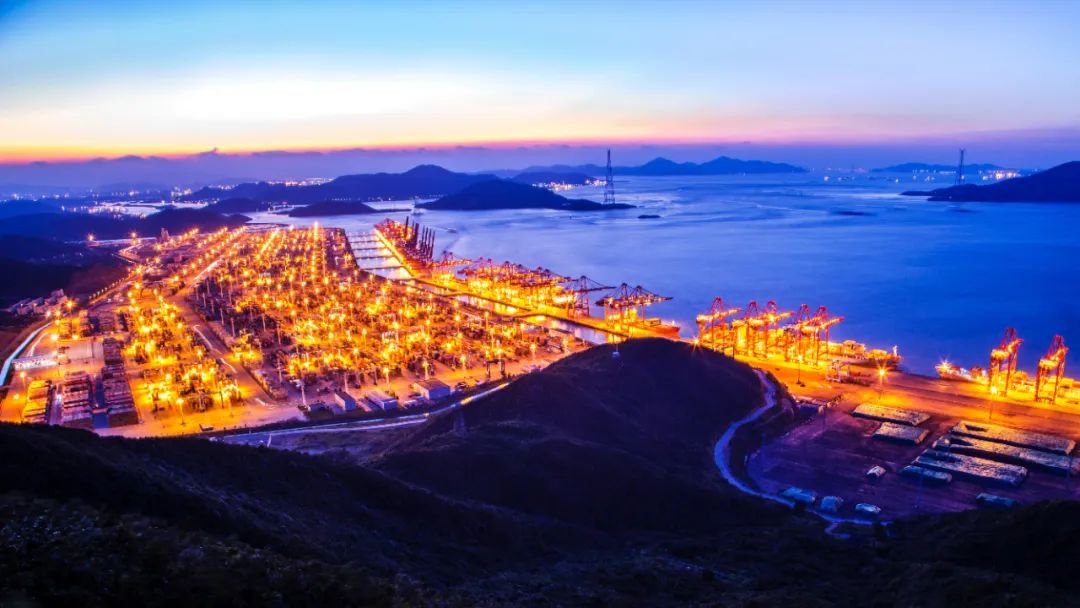
Recommended activity: Summit sea view—hike or drive to the beacon tower on the summit to overlook the Eastern Grand Port and bay; on clear days, you can see the cross-sea bridge, offering a spectacular panorama.
Beilun’s most beautiful wind turbine road: Along the ridge stand dozens of giant white wind turbines, set against winding mountain roads and blue sea, known as "Ningbo’s Little Kenting." Perfect for driving, cycling, or photo ops.
Source: Go to Ningbo
Editor: Ye Ke
